Don't Drop Your Coffee: Toyota Unveils All-Wheel Drive Camry, Avalon

Depending on where you live, the newest variants of the Toyota Camry and its big brother, the Avalon, may arrive too late to help you conquer any wintry weather. This winter, anyway. Slated to arrive in North American markets starting early next spring, the two sedans boast something unfamiliar to owners of these long-running models: All-wheel drive.
In an announcement that took many by surprise, the automaker claims these new AWD sedans can thank the new-for-2019 RAV4 for their existence. A little engineering work later, and here we are. The 29-year drought of AWD Camrys has ended.
If you’re thinking that the AWD Camry and Avalon owe their development to a Lexus ES prototype you read about yesterday, think again. That sedan, tested by Japanese media, employed a hybrid car utilizing an E-axle setup, with the rear wheels operating independently of the vehicle’s drivetrain, a la the Prius AWD-e and the RAV4 Hybrid with E-Four.
These new beasts are gasoline-only models, though one can see that Toyota appears interested in offering a system for hybrid buyers. Stay tuned.
Not only are these new vehicles non-hybrids, but the AWD Camry and Avalon cannot be had with a V6 engine. The only powerplant here is the 2.5-liter inline-four, making 202 horsepower in the Camry LE, XLE, and SE (205 hp in the XSE) and 205 hp in the Avalon XLE and Limited. The company plans to offer this all-weather capability as a standalone option. The only external difference you’ll see is an “AWD” badge on the trunklid.
Unlike that hybrid prototype, both the AWD Camry and Avalon borrow the Dynamic Torque Control AWD system found in their RAV4 platform mate, which employs an electromagnetically-controlled coupling that engages and disengages the rear differential from the propshaft as needed. The system can send 50 percent of the vehicle’s torque rearward if the front wheels lose traction.
Adapting the system to the TNGA-based sedans took a little brainstorming.
From Toyota:
The [engineering] team combined the upper body structure of the Camry and Avalon with the engine, transmission, transfer case and rear differential from the RAV4. The RAV4’s version of the multi-link rear suspension was adapted with some modifications and tuning to suit the sedans. Both the Camry and Avalon AWD use a modified version of the propeller shaft from the all-new Highlander SUV.
Adapting the AWD drivetrain to the Camry and Avalon required floor structure modifications, plus the use of an electronic parking brake and a saddle-style fuel tank with an optimized capacity for AWD models rather than the flat-style tank in the FWD models.
Ride height is unchanged by the addition, Toyota claims, as is trunk floor height. Front suspension, wheels, and tires also carry over, as do standard and optional equipment.
Given that the rear axle will remain inert under most driving conditions, the automaker doesn’t anticipate much of a fuel economy penalty. There is a weight increase, however — 165 pounds for the Camry, while AWD Avalons will sport a heft similar to that of V6 models, the automaker said.
As for the Avalon’s Lexus ES sibling, there’s no word on an AWD version of that model, but today’s news almost guarantees we’ll see one. The all-wheel drive Avalon arrives later than the early-spring 2020 Camry variant; it’ll appear in the fall as a 2021 model. Pricing for the standalone AWD option remains TBD.
[Images: Toyota]

More by Steph Willems
Latest Car Reviews
Read moreLatest Product Reviews
Read moreRecent Comments
- Brendan Duddy soon we'll see lawyers advertising big payout$ after getting injured by a 'rogue' vehicle
- Zerofoo @VoGhost - The earth is in a 12,000 year long warming cycle. Before that most of North America was covered by a glacier 2 miles thick in some places. Where did that glacier go? Industrial CO2 emissions didn't cause the melt. Climate change frauds have done a masterful job correlating .04% of our atmosphere with a 12,000 year warming trend and then blaming human industrial activity for something that long predates those human activities. Human caused climate change is a lie.
- Probert They already have hybrids, but these won't ever be them as they are built on the modular E-GMP skateboard.
- Justin You guys still looking for that sportbak? I just saw one on the Facebook marketplace in Arizona
- 28-Cars-Later I cannot remember what happens now, but there are whiteblocks in this period which develop a "tick" like sound which indicates they are toast (maybe head gasket?). Ten or so years ago I looked at an '03 or '04 S60 (I forget why) and I brought my Volvo indy along to tell me if it was worth my time - it ticked and that's when I learned this. This XC90 is probably worth about $300 as it sits, not kidding, and it will cost you conservatively $2500 for an engine swap (all the ones I see on car-part.com have north of 130K miles starting at $1,100 and that's not including freight to a shop, shop labor, other internals to do such as timing belt while engine out etc).



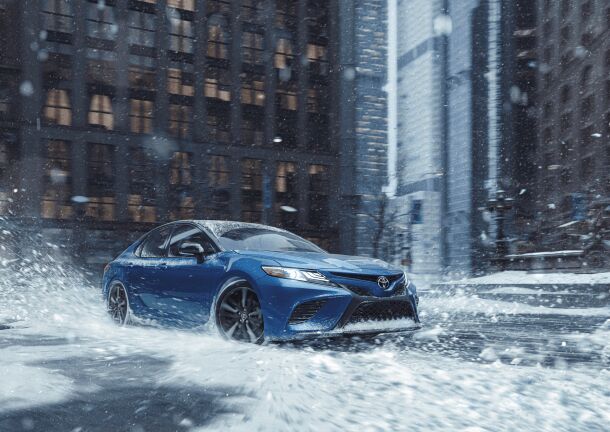














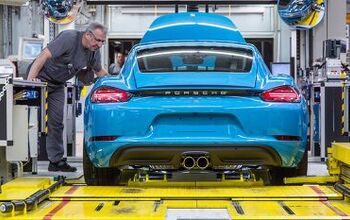





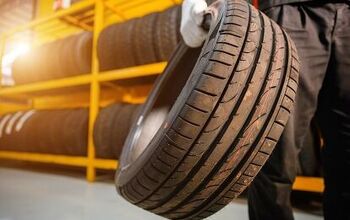
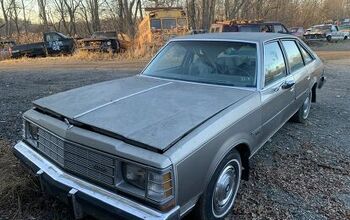
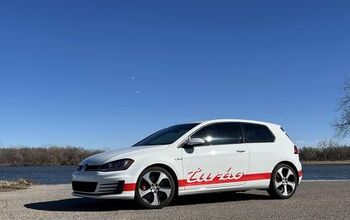



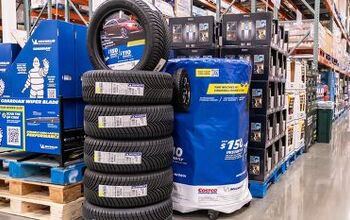

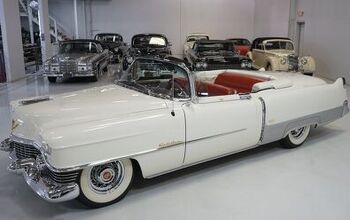
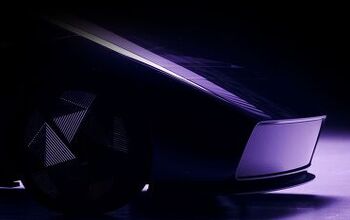
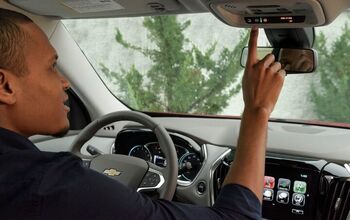
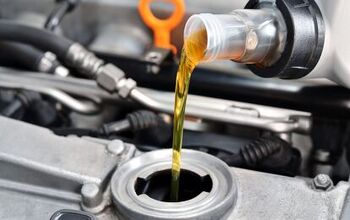
Comments
Join the conversation
I was not drinking coffee but I was drinking tea and yes, I dropped my cup of tea. I waited this moment my whole life and now I finally I can buy Camry with AWD and fulfill my childhood's dream.
Shoulda called it the All-trac. Bring back the wagon too. Camry all-tracs were the outback of the 80s after the amc eagle got axed.